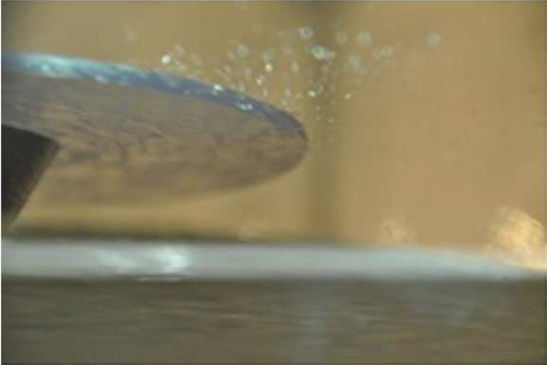Yutaro Takahashi
Akita University, Japan
Title: Power consumption of liquid atomization device by using rising film flow along a rotating cone and disk
Biography
Biography: Yutaro Takahashi
Abstract
Mist is an atomized state of liquid, where many droplets are clustered and dispersed. If the mist is sprayed around and comes in contact with surrounding objects, the mist evaporates quickly and it does not wet the object. Therefore, it is used indoors as a part of such devices as a humidifier and a mist sauna. In addition, since heat absorption occurs in the process of evaporation of droplets, the mist is used outdoors as a cooling facility in buildings and parks. In a process of mist generation, it is common to use an atomization system by using several devices such as pumps, compressors, nozzles and fans. Because many devices are needed, the atomization system becomes larger and complicated. So, the system maintenance is difficult, leading to trouble and accident. Considering the above situation, Adachi et al. invented a new atomization device using a rotating cone and disk shown in Figure1. The device uses a phenomenon that liquid rises along the conical outer surface when the cone is immersed in the liquid by turning the top upside down and rotated as seen in Figure 2. In addition, the rising liquid is spread by a rotating disk, and the spread liquid is sprayed as mist indicated in Figure 3. Because any mechanically complicated parts are not immersed into the water, the device is easy to maintain. It is important to know necessary power of the atomization device. Therefore, we investigate the necessary power by varying the rotation speed of cone and mist flow rate. In addition, we aim to derive a dimensionless correlation equation using a power number Np.

Figure 1: Experimental apparatus

Figure 2: Visualization photographs of rising film flow.

Figure 3: Visualization photograph of mist flow sprayed from the disk edge.
Recent Publication
1. T Adachi, N Sato, N Kobari and T Hori (2010) Liquid film flow rising along the outer surface of the rotating cone. Heat Transfer Asian Research 39:492-496.
2. T Adachi (2013) Enhancement of oxygen dissolution using mist flow generated by a rotating cone. Japan Society of Mechanical Engineers Series B (in Japanese) 79(800):632-635.
3. T Adachi (2015) Oxygen transfer and power consumption in an aeration system. Chemical Engineering Science 126:625-632.
![]()
